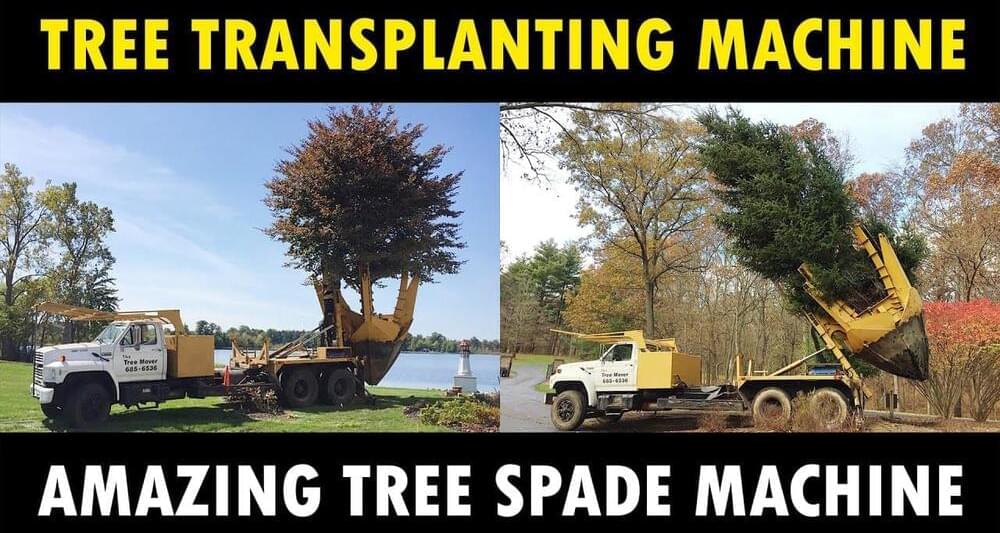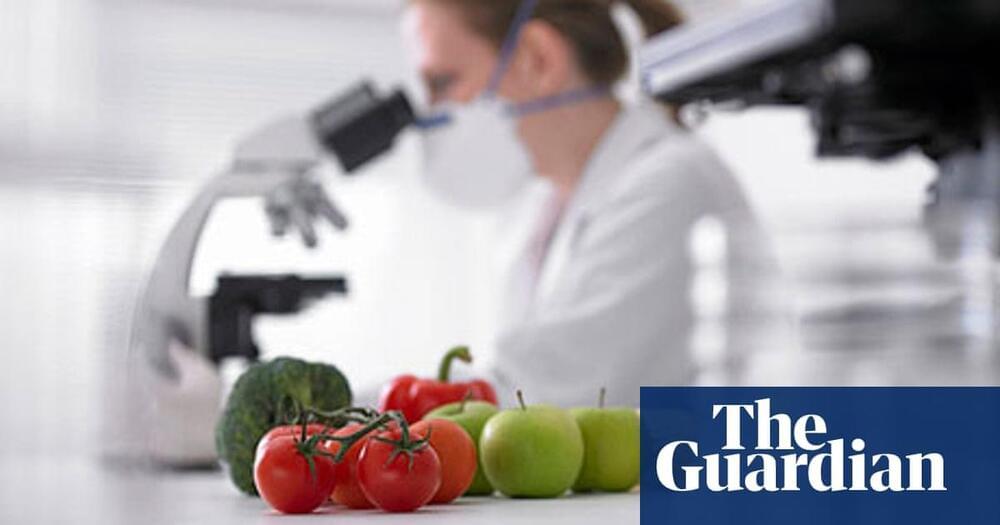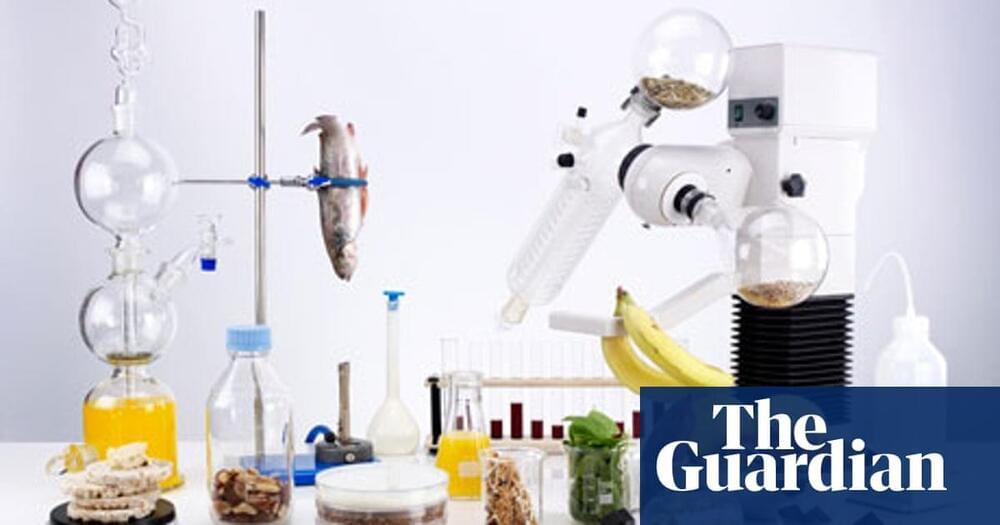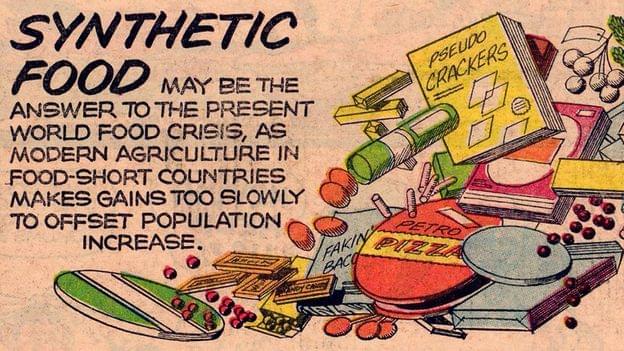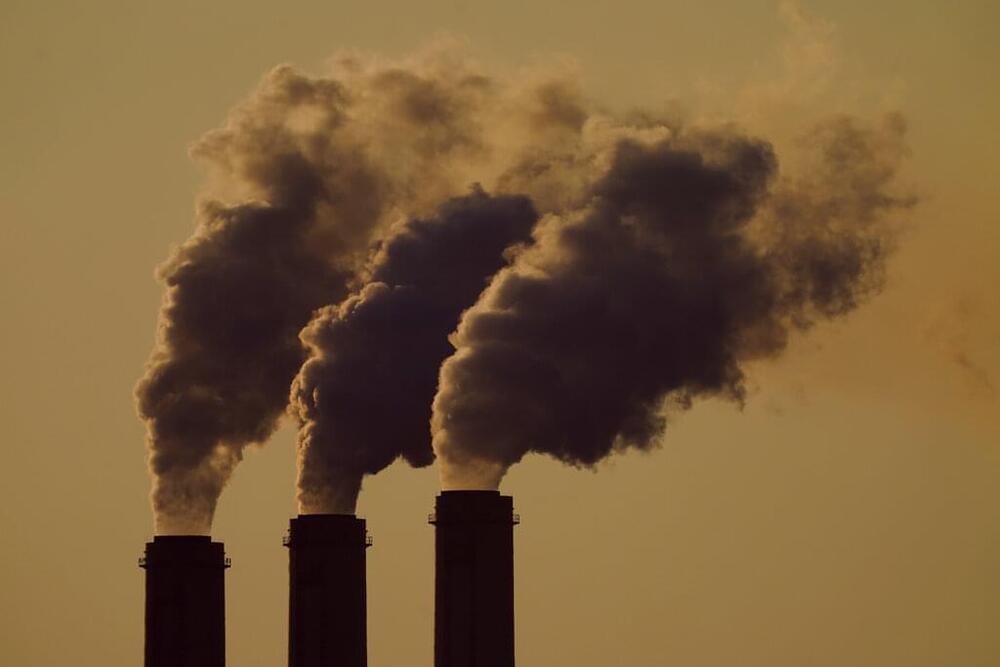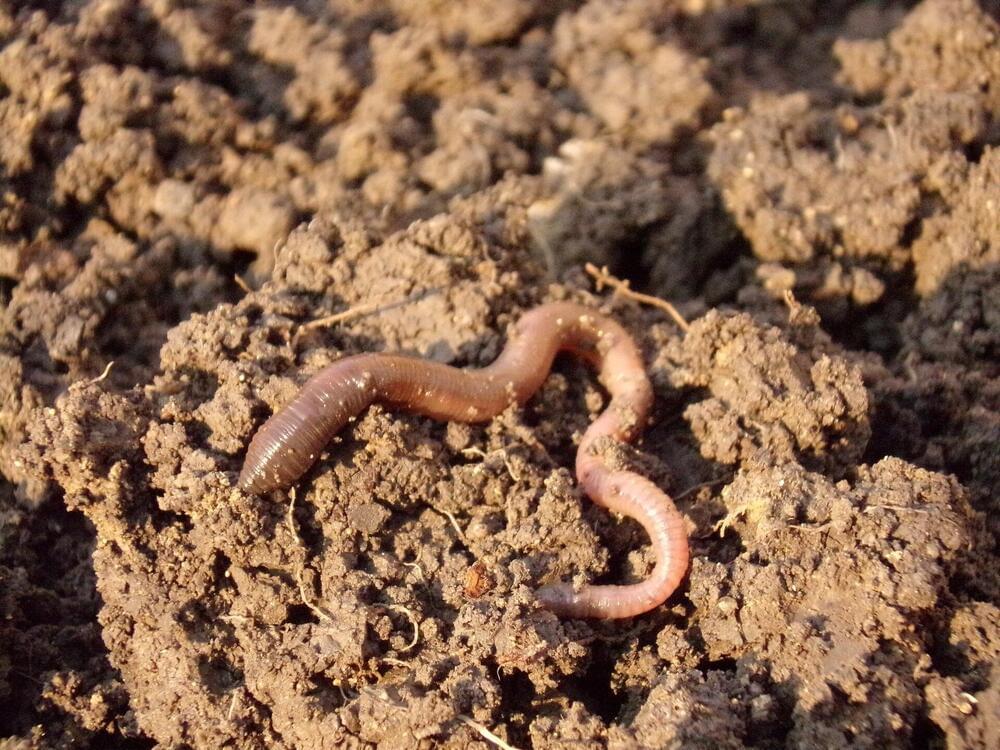Mar 7, 2022
Ocado-backed firm plans to build vertical farm are up for debate
Posted by Shubham Ghosh Roy in categories: food, sustainability
Jones Food Company Ltd wants permission to change the use of the former JD Norman Foundry in Lydney to provide an indoor hydroponic farming facility gloucestershirelive.

